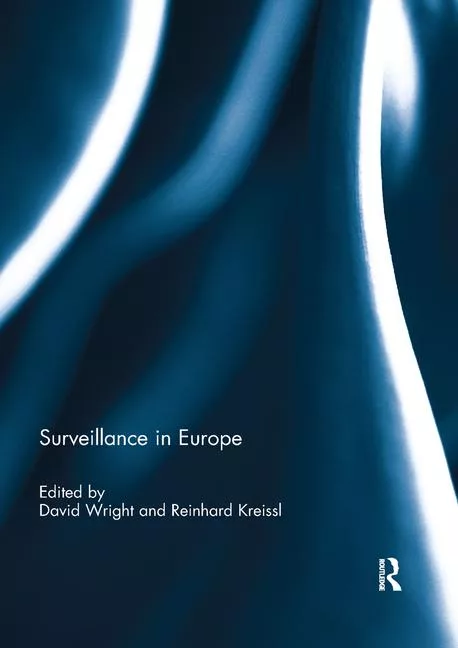Technology in Prisons Helps Hold Down Costs

While many feel that putting people behind bars has helped cut down crime it has increased prison and jail expenses. Kentucky Governor Steve Beshear said, “Getting a handle on the soaring expenses for this state’s justice system is among our greatest challenges.” It is estimated that one new prison costs, on average, $200 million. It is not happening everywhere. Researchers found that New York State cut the number of prison inmates by 695 in 2007, to 62,620 from 63,315. The percentage of the state budget going toward housing inmates has fallen two percentage points, to 5.1 percent, since 1987. States seeing a flattening or decline in prison populations “may soon have lots of company,” the report said. But “prison costs are blowing holes in state budgets but barely making a dent in recidivism rates.”
KEEPING PEOPLE OUT OF PRISON SYSTEM
The report cited Kansas and Texas as states that have acted decisively to slow the growth of their inmate population. They are making greater use of community supervision for low-risk offenders and employing sanctions other than reimprisonment for offenders who commit technical violations of parole and probation.
The report said the United States incarcerates more people than any other nation, far ahead of more populous China, which has 1.5 million people behind bars. It said the U.S. also is the leader in inmates per capita (750 per 100,000 people), ahead of Russia (628 per 100,000) and other former Soviet bloc nations that round out the top ten.
Many criminal justice operations are now using existing and emerging security technology to hold down costs while also increasing security. Solutions can range from security video, biometrics and visitor management to trace drug detection and radio frequency identification.
For Cheryl Cereghino, inmate programs manager for a sheriff’s department, one of her duties involves managing a volunteer program. “We have approximately 200 volunteers that go into our secure jail facilities. Our volunteers were issued a volunteer badge with a picture ID and expiration date on their card. The procedure to enter the facility involved custody staff to personally examine the ID badge, verify picture, check for expiration and to log them in by hand on the visitor log form.”
TIGHTENING UP VISITOR CONTROLS
“These procedures allowed room for error. I needed a system that provided better tracking of our volunteers. A system that could check our volunteers in and out; would not allow volunteers in who had not renewed their badges; would track when and where our volunteers were going; and in general tighten up the security risks involved with outside individuals entering our secure facilities. In 2007, we purchased the EasyLobby visitor management program that allows us to take pictures of our volunteers, issue badges and monitor their activity. This is achieved with badges that have a barcode number on them. Each volunteer is scanned in and out of the facilities. This is a new program to us and we are currently implementing it in each our four facilities. There is a lot of data capability to the program that we are still exploring. To date, I’m pleased with the changes and feel that I’m able to better monitor my volunteers and achieve the desired increased security that is needed in this environment.”
Another tech breakthrough involves narcotics detection on visitors entering a correctional facility. Some facilities now use GE Security’s MobileTrace, which provides more detailed sampling. The device can detect the presence of certain contraband within 10 seconds after a staff member vacuums the air or wipes a surface with a Teflon pad. Visitors with trace amounts are turned away. A unique aspect of the trace detection technology is its nonintrusive manner.
There’s no doubt that networked security video also impacts correctional facilities.
Penitentiaries from Indiana to California are evolving to DVR and NVR platforms and upgrading control rooms. However, American prisons and jails often are behind U.S. corporations and foreign correctional facilities when it comes to newer security technology. One example: Detention Concept Lelystad in the Netherlands is high-tech, using software that analyzes audio identifying prisoner arguments before they get out of hand, for example. A couple of years ago, it brought in RFID to track prisoners in real-time thanks to bracelets that the inmates wear. Similar to airplane traffic on an air controller’s screen, guards can view inmates and even see when too many are assembling.
Biometrics also plays into correctional facility operations. The potential of escape and violence is highest when inmates leave a prison for medical trips and court dates.
Beyond the usual ways to identify prisoners, some operations now use computer-based fingerprint, iris scans and hand geometry to ID people off-site.
Another security trend centers on weapons designed to stop an inmate but not kill him or her. The Taser falls into this category. But media recently have reported on a project from the National Institute of Justice it calls Active Denial System or what some call the “pain ray.” A tractor-trailer-mounted system is in Iraq. By directing heat to a subject, his or her skin heats up enough to cause pain, but no burns.
Looking for a reprint of this article?
From high-res PDFs to custom plaques, order your copy today!







